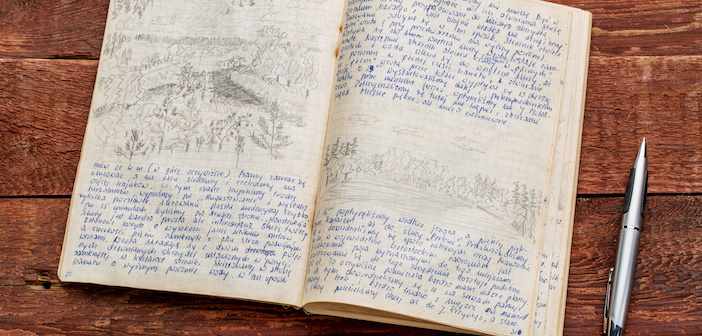There are many different ways to organize your life. Whether we are at school, at work, or at home, we are all in need of excellent self-management skills, and we should use all the tools at our disposal to plan effectively.
The bullet journal is an excellent form of planning. Maybe you have never heard of bullet journaling before; basically, it is a customizable dot-grid journal that can create any plan, from short-term checklists to long-term calendars. Bullet journaling allows us to be as creative as we want, suiting both artistic and minimalist individuals. Below are four different types of bullet journal plans to get you started!
Supplies Needed:
The greatest thing about bullet journaling is that you can journal anytime, anywhere. All you need is a pen and a notebook, and you’re all set! For more artistic styles of bullet journaling, markers or color pencils are optional to add some excitement to the process.
Semester/Yearly Plan
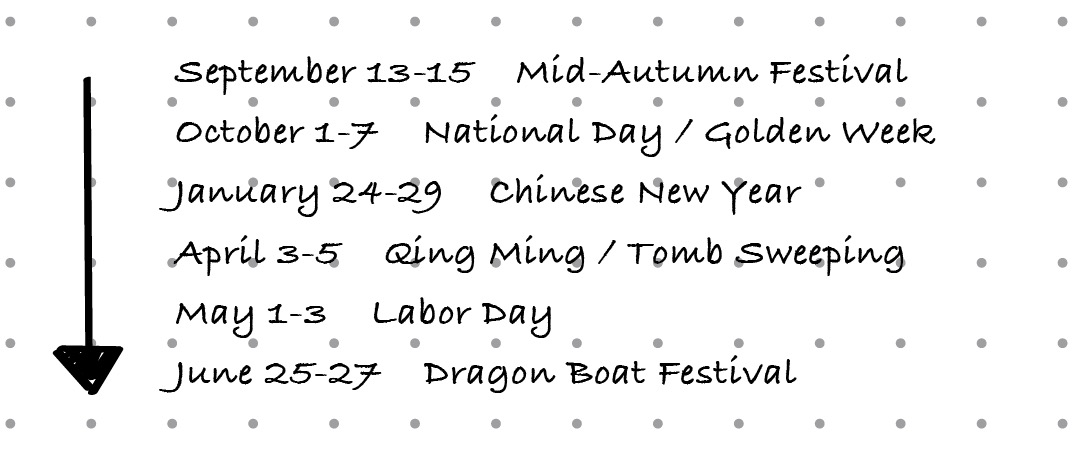 Semester or yearly plans are great as an overview of the future. They can be created in any style, from individual monthly calendars to an overall timeline of the year (shown here). Here are some national holidays you might want to add to your bullet journal for the 2019-2020 school year
Semester or yearly plans are great as an overview of the future. They can be created in any style, from individual monthly calendars to an overall timeline of the year (shown here). Here are some national holidays you might want to add to your bullet journal for the 2019-2020 school year
Monthly plan
Monthly plans allow you to plan in more depth. Typically, this looks like a calendar with space to write in different events. They are great for putting in deadlines or projects that won’t exceed the month, as well as any important dates you don’t want to forget.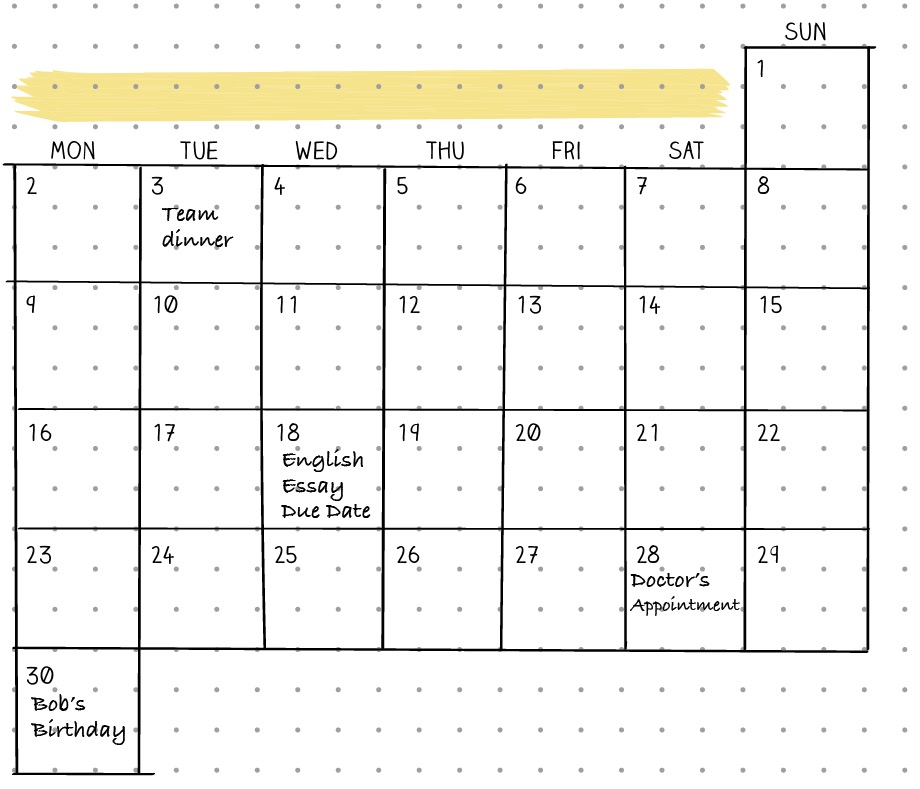
Another way to keep track of your month is through trackers! You can use habit trackers to track your sleep schedule, water consumption, and exercise; finance trackers to track your purchases and monthly budget; and mood trackers to track how you felt during the month.
Weekly Plan
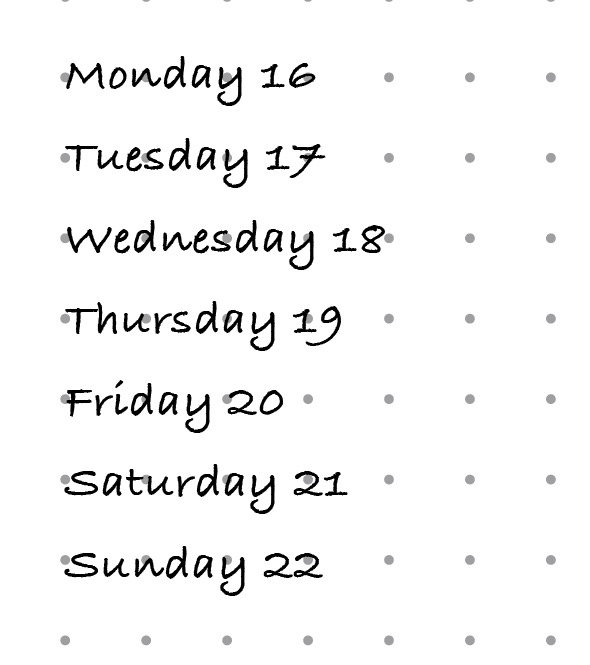 A weekly plan can look like an agenda, where you write out the tasks for each day.
A weekly plan can look like an agenda, where you write out the tasks for each day.
For students, this usually means homework assignments and projects.
The original bullet journal, created by Ryder Carroll, uses dots (“bullets”) to represent tasks, and there are online guides to this excellent system.
He uses different symbols to mark the completeness of each task, such as crosses and arrows.
However, you can create your own system if that better suits your needs.
For example, draw checkboxes to indicate the completeness of each task, or use different shapes for different types of tasks.
Play around with your own bullet journal “key” until you find what works for you.
Daily Plan
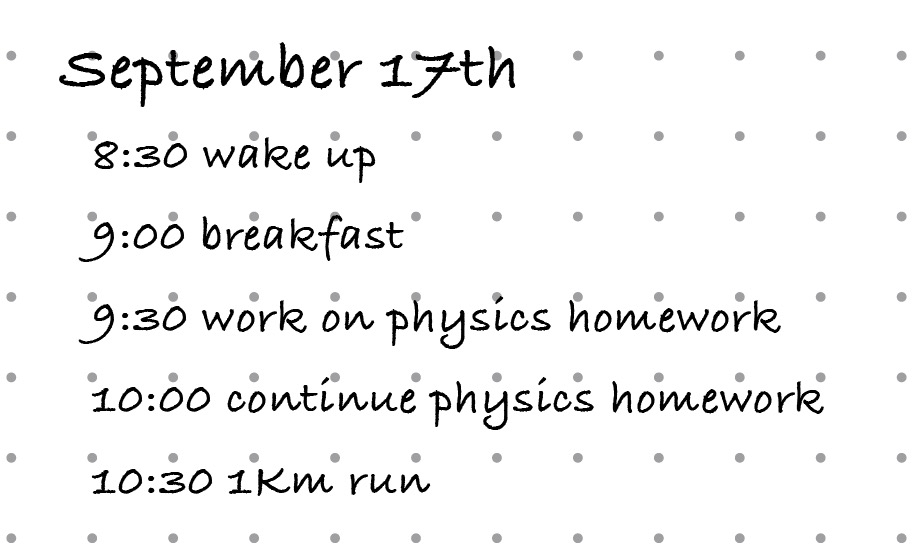 Daily plans are reserved for busy days; they are the most detailed and allow you to plan specific chunks of time. For those who would like to journal their thoughts regularly, daily plans are also great for writing reflections, so you can look back on these days and remember the events that occurred.
Daily plans are reserved for busy days; they are the most detailed and allow you to plan specific chunks of time. For those who would like to journal their thoughts regularly, daily plans are also great for writing reflections, so you can look back on these days and remember the events that occurred.
Digital Planning
Using reminder or to-do apps are great for creating digital checklists. The notifications from these apps will also help to remind you of your deadlines.
A calendar app such as Google Calendar is essentially the digital version of all of the spreads. You can easily view an entire year at once, or block out specific timeslots in each day. Many calendar apps can also be used in combination with to-do apps, such as Google Tasks.
For those looking to use their devices productively or save paper, bullet journaling can also be digital! There are plenty of apps that are typically used for digital note-taking but can easily be used to create a bullet journal as well. Common options include GoodNotes, Notability, OneNote, and Evernote, but just like a traditional bullet journal, the possibilities are endless.
For more information about bullet journaling, there are plenty of helpful online resources such as YouTube, Pinterest, and different social media sites. The beauty of bullet journaling lies in its complete customizability, and no matter your style, you can find resources to inspire you. The ideas in this article are simply a starting point; ultimately, you can make your bullet journal whatever you want it to be.

This article appeared in the beijingkids July-August 2019 Teen Takeover issue

